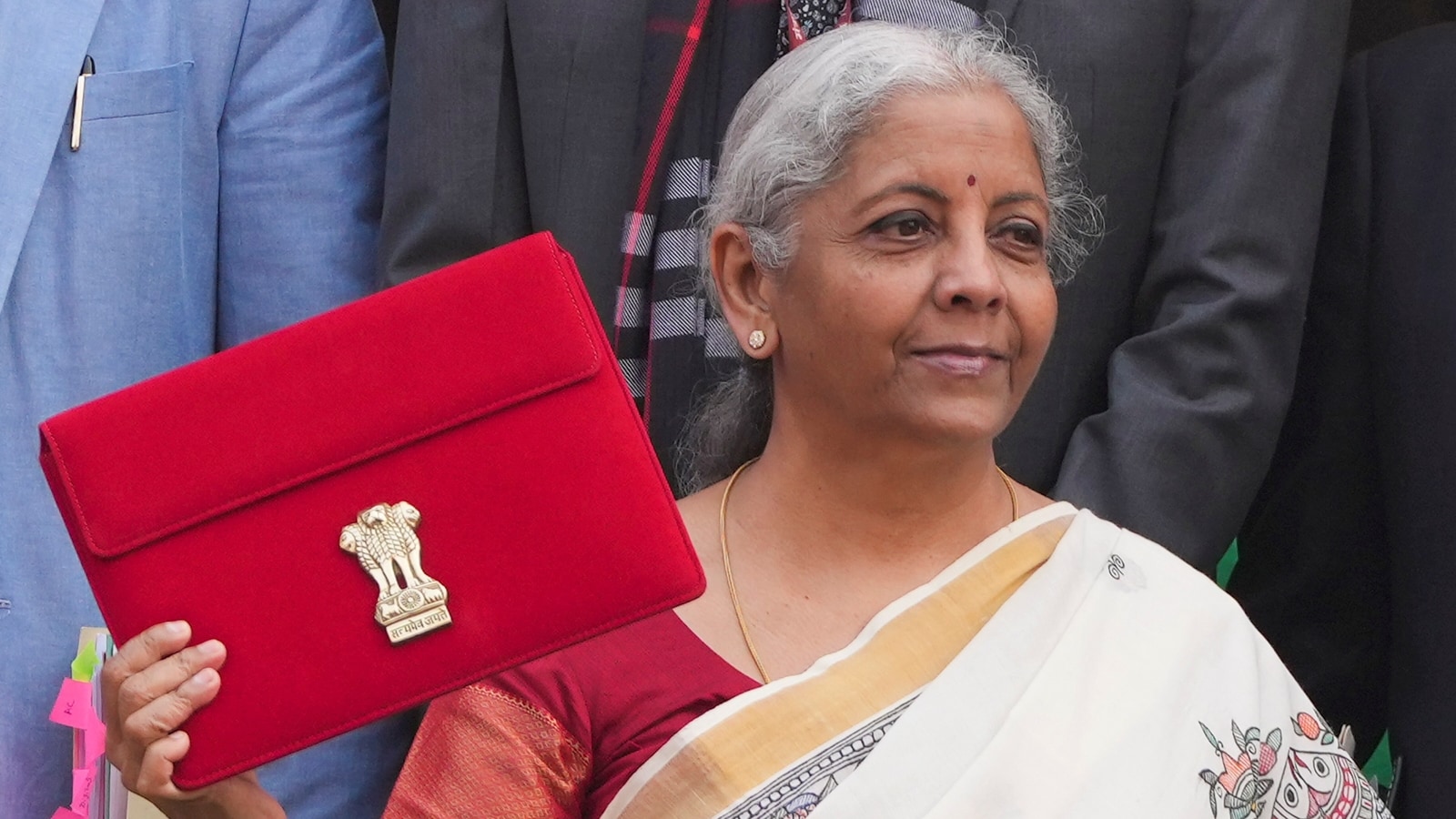By Gulerana Tanveer
On February 1, 2025, Finance Minister Nirmala Sitharaman presented the Union Budget for 2025-26. The budget explains the government’s plans for spending and revenue in the upcoming year. It covers many sectors, but a closer look shows gaps in how it supports women and girls. Since 2005-06, the government has released a Gender Budget Statement (GBS) every year. This year, the GBS shows a total allocation of Rs 4.49 lakh crore, a 37% increase from the previous fiscal year. The GBS divides schemes into three parts. Part A has schemes with 100% allocation for women and girls. Part B includes schemes with 30-99% allocation. Part C contains schemes with 1-29% allocation. Although overall funds have increased, the money in Part A has not grown. This may mean that schemes like Saksham Anganwadi and POSHAN 2.0, Mission Vatsalya, and Mission Shakti are not getting the extra attention they need.
The budget has some good steps for women. The overall allocation for women and girls has increased. New schemes support women entrepreneurs. For example, the scheme for term loans for first-time women entrepreneurs makes it easier to get credit. The scheme for socio-economic upliftment of urban women workers aims to improve living conditions. The Social Security Scheme for women online platform workers gives social security benefits and healthcare coverage. These measures can help women become more independent. There is also a focus on skill development to help women learn new skills for the changing job market.
The Ministry of Women and Child Development received Rs 26,889.69 crore. This is higher than the Rs 23,182.98 crore from the previous year. One major scheme is Saksham Anganwadi and POSHAN 2.0, which got Rs 21,960 crore. This scheme works to fight malnutrition and support children, pregnant and lactating women, and adolescent girls. Mission Vatsalya, with Rs 1,500 crore, focuses on child protection. Mission Shakti received Rs 3,150 crore. Mission Shakti has two parts: Sambal, with Rs 629 crore, supports projects such as Beti Bachao Beti Padhao, One Stop Centres, and the Women’s Helpline; and Samarthya, with Rs 2,521 crore, supports programs like Swadhar Greh and Working Women’s Hostels. The Nirbhaya Fund got Rs 30 crore to support women’s safety and security.
The budget also talks about tax reforms. A new Income Tax bill will be introduced in Parliament. This bill aims to make the tax system simpler. Changes in tax slabs, deductions, or exemptions may affect women’s income. There are other reforms such as KYC Simplification and revised company merger rules. These changes might help women open bank accounts and access credit more easily.
However, many concerns remain. Many feel that the budget does not focus enough on women’s health. There is not enough money for maternal health, reproductive healthcare, and mental health services. This is a worry, especially for women in rural areas. The budget also lacks significant measures for affordable housing. Safe and affordable housing is very important for women. There is also concern over the stagnation of funds for key schemes like the Mahatma Gandhi National Rural Employment Guarantee Scheme (MGNREGS). This scheme is very important for providing work and income security to rural women. In addition, the GBS has been criticized for its lack of transparency. For instance, the inclusion of the Jal Jeevan Mission (JJM) in both Part A and Part B without a clear explanation makes it hard to see exactly how much funding truly benefits women.
Experts believe more must be done. They call for more investments in women’s health. This means more money for maternal care, reproductive healthcare, and mental health services. They also ask for better support for education for girls. More funding is needed to reduce dropout rates and encourage STEM education. There should be more support to prevent and address gender-based violence. Better services for survivors are essential. Programs that help women start businesses and learn new skills must be strengthened. The government’s vision for Viksit Bharat, which includes a target of 70% women in economic activities, should be backed by clear actions. There should also be more focus on climate adaptation to protect women in vulnerable communities. Lastly, a gender-responsive budgeting process is needed. Every budget decision should be checked for its impact on both women and men.
The Union Budget 2025-26 has many good points for women and girls. It raises overall funds and introduces schemes such as Saksham Anganwadi and POSHAN 2.0, Mission Vatsalya, Mission Shakti (with its sub-schemes Sambal and Samarthya), and the Nirbhaya Fund. It also includes schemes for term loans for first-time women entrepreneurs, the socio-economic upliftment of urban women workers, and the Social Security Scheme for women online platform workers. However, there are still important gaps. The budget does not spend enough on health, education, affordable housing, or climate adaptation. It also has issues with transparency in the Gender Budget Statement. For the budget to truly help women and girls, the government must fill these gaps and ensure that every policy benefits them.


